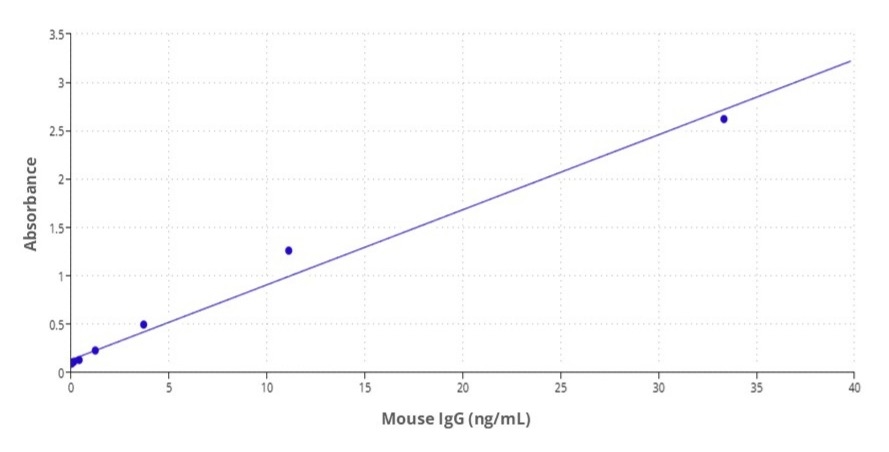Buccutite™ Streptavidin Antibody Conjugation Kit is optimized for labeling 1 mg Protein. This streptavidin conjugation kit uses a simple and quick process for crosslinking streptavidin to an antibody. It can also be used to conjugate other proteins or peptides. The produced streptavidin-conjugated antibodies may be directly used in WB, ELISA, IHC without further purification. The Buccutite crosslinking technique has been proven to be one of the most effective conjugation methods for crosslinking two large molecules. The kit is one of the most effective streptavidin-antibody conjugation products. It can be used to generate conjugates of different ratios of streptavidin/antibody. The conjugate is highly stable since streptavidin and antibody is covalently connected via the highly stable amide bond.


| Catalog | Size | Price | Quantity |
|---|---|---|---|
| 5511 | 1 Labeling | Price |
| H-phrase | H303, H313, H333 |
| Hazard symbol | XN |
| Intended use | Research Use Only (RUO) |
| R-phrase | R20, R21, R22 |
| Telephone | |
| Fax | |
| sales@aatbio.com | |
| International | See distributors |
| Bulk request | Inquire |
| Custom size | Inquire |
| Technical Support | Contact us |
| Request quotation | Request |
| Purchase order | Send to sales@aatbio.com |
| Shipping | Standard overnight for United States, inquire for international |
